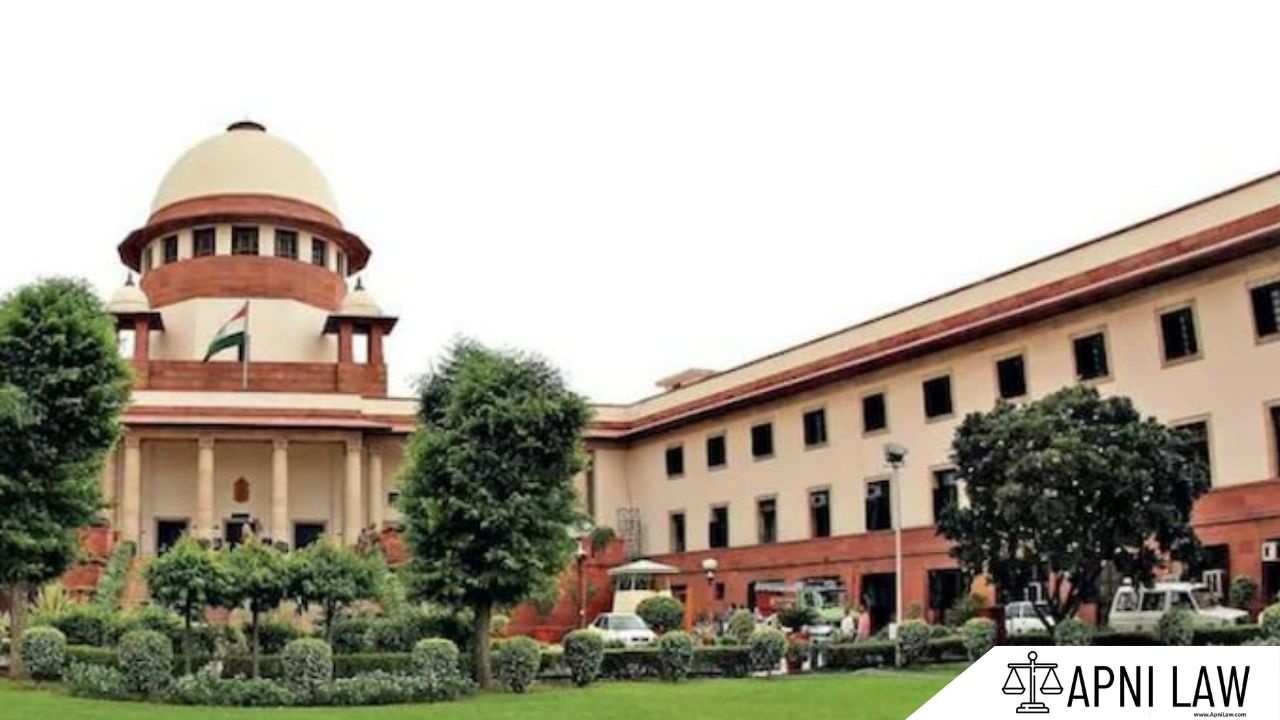Code
(1) Where anything which is an offence is made up of parts, any of which parts is itself an offence, the offender shall not be punished with the punishment of more than one of such offences, unless it is expressly provided.
(2) Where—
(a) anything is an offence falling within two or more separate definitions of any law in force for the time being by which offences are defined or punished; or
(b) several acts, of which one or more than one would by itself or themselves
constitute an offence, constitute, when combined, a different offence,
the offender shall not be punished with a more severe punishment than the Court which tries
him could award for any one of such offences.
Illustrations.
(a) A gives Z fifty strokes with a stick. Here A may have committed the offence of
voluntarily causing hurt to Z by the whole beating, and also by each of the blows which
make up the whole beating. If A were liable to punishment for every blow, he might be
imprisoned for fifty years, one for each blow. But he is liable only to one punishment for the
whole beating.
(b) But, if, while A is beating Z, Y interferes, and A intentionally strikes Y, here, as the
blow given to Y is no part of the act whereby A voluntarily causes hurt to Z, A is liable to one
punishment for voluntarily causing hurt to Z, and to another for the blow given to Y.
Explanation of Section 9 BNS
Section 9 of the Bharatiya Nyaya Sanhita (BNS), 2023 establishes a limit on the punishment for crimes that consist of multiple offences. This provision ensures that a person is not punished multiple times for actions that, although separately punishable, form part of a single act or crime.
Key Takeaways:
- No Multiple Punishments for One Act:
- If an act consists of several smaller offences, the offender will not face separate punishments for each part unless explicitly mentioned in law.
- Overlap of Offences:
- If an act qualifies as multiple offences under different laws, the harshest applicable punishment is imposed, but the offender will not be punished multiple times for the same act.
- Combination of Acts into a Different Offence:
- If multiple acts together form a new and distinct offence, the punishment will be based on the most severe applicable offence under legal provisions.
Illustrations of Section 9 BNS
Example 1: Assault Involving Multiple Blows
A hits B 50 times with a stick. Each hit could qualify as voluntarily causing hurt under Section 112 BNS. However, if A were punished separately for each blow, he could face 50 separate sentences, which would be unjust and excessive.
🔹 Instead, A will receive one punishment for the overall act of beating B.
Example 2: Additional Injury During an Attack
While A is beating B, a third person C interferes. If A intentionally strikes C, this is a separate act, not part of the initial offence.
🔹 Here, A will receive one punishment for attacking B and another separate punishment for striking C.
Legal Importance of Section 9 BNS
This section ensures fair sentencing by preventing the unjust accumulation of punishments for actions that are part of a single criminal act. It:
✅ Prevents excessive punishment for repetitive actions forming one offence.
✅ Clarifies sentencing rules when multiple laws apply to the same offence.
✅ Ensures justice when an offender commits two completely different offences.
Common Questions & Answers
1. What is the main objective of Section 9 BNS?
This section prevents multiple punishments for an offence that consists of several acts, ensuring that sentencing remains fair and proportionate.
2. Can a person be punished separately for every blow in a beating case?
No. The law prevents repeated punishment for a single offence. A person will be punished once for the whole act rather than separately for each strike.
3. What happens if an act qualifies as multiple offences under different laws?
The court will apply the strictest applicable punishment, but the offender will not be punished separately under each law.
4. Is there any exception where multiple punishments can be given?
Yes. If a law explicitly provides for multiple punishments, Section 9 BNS does not restrict its application.
5. What if a person commits two separate offences during the same event?
If two separate and distinct offences occur (like hurting two different people), the offender will receive two punishments.
Conclusion
Section 9 of the Bharatiya Nyaya Sanhita (BNS), 2023 protects individuals from excessive punishments for offences made up of multiple acts while ensuring justice for separate offences. This provision is crucial for maintaining fair sentencing in the Indian legal system.
For more in-depth legal discussions and case studies, visit ApniLaw 🚀








